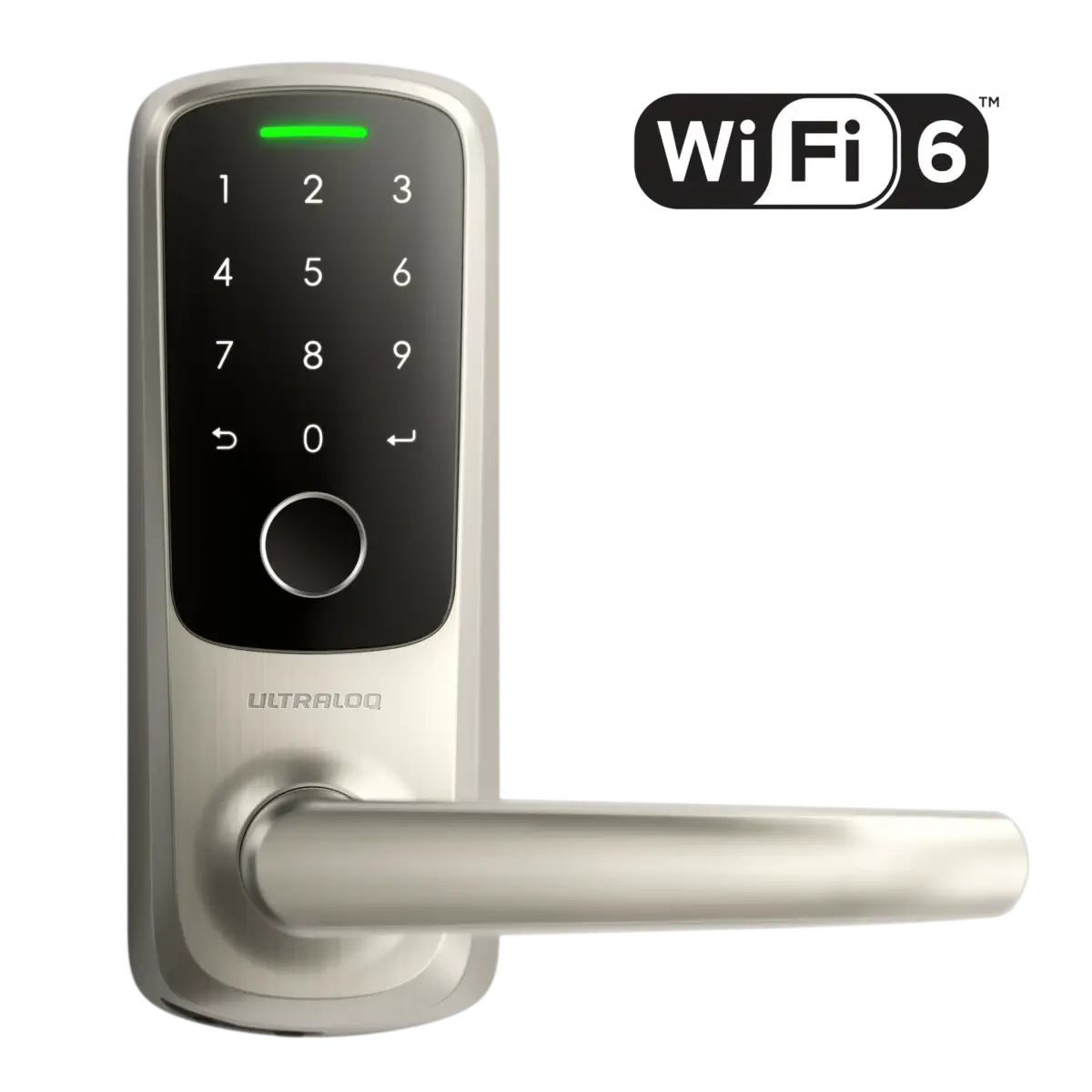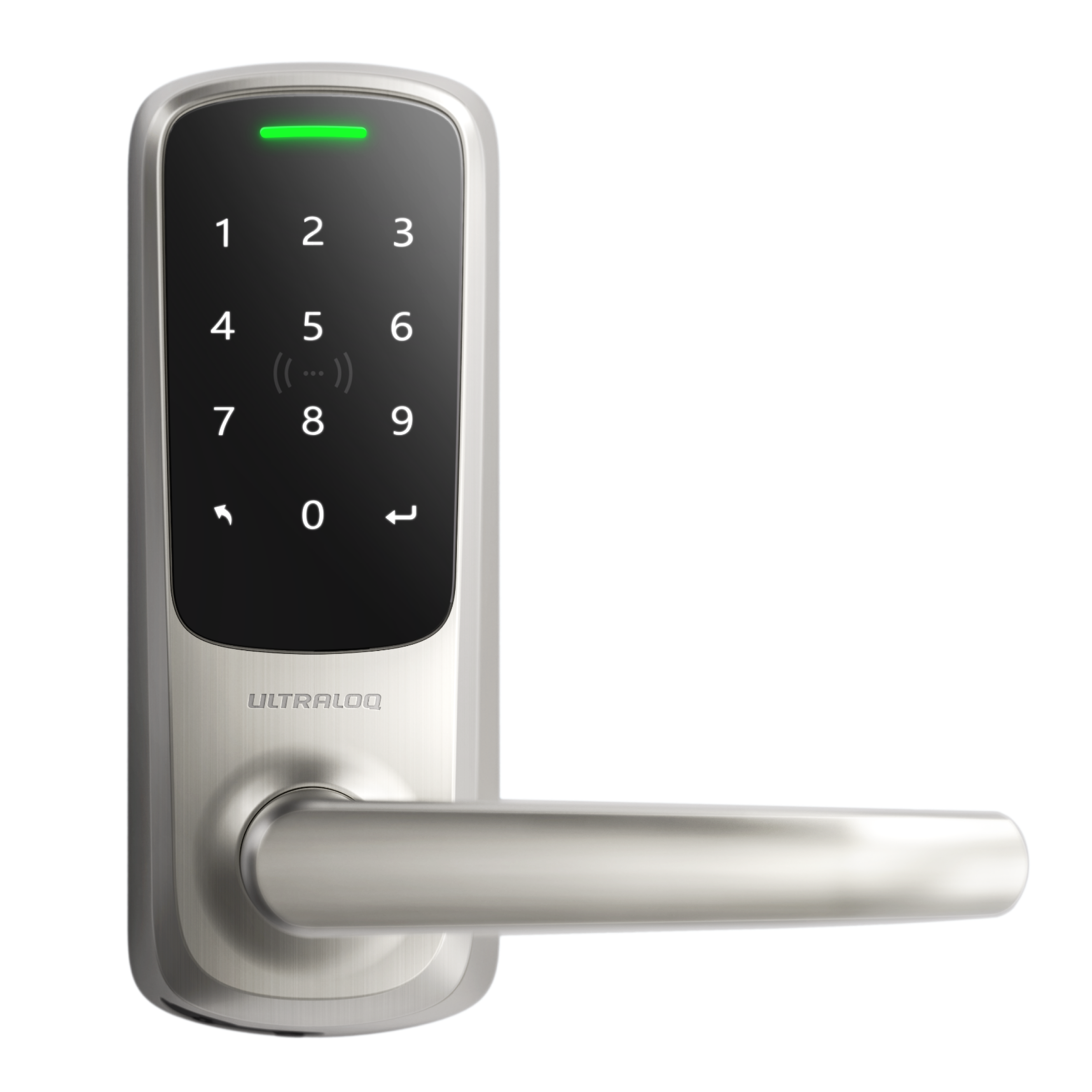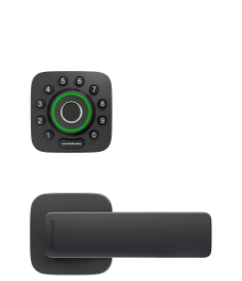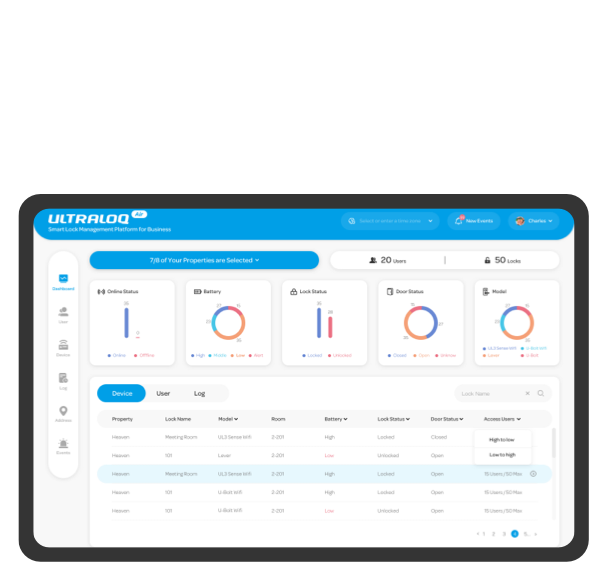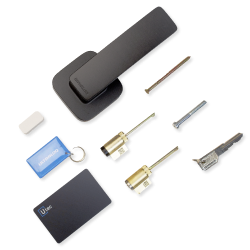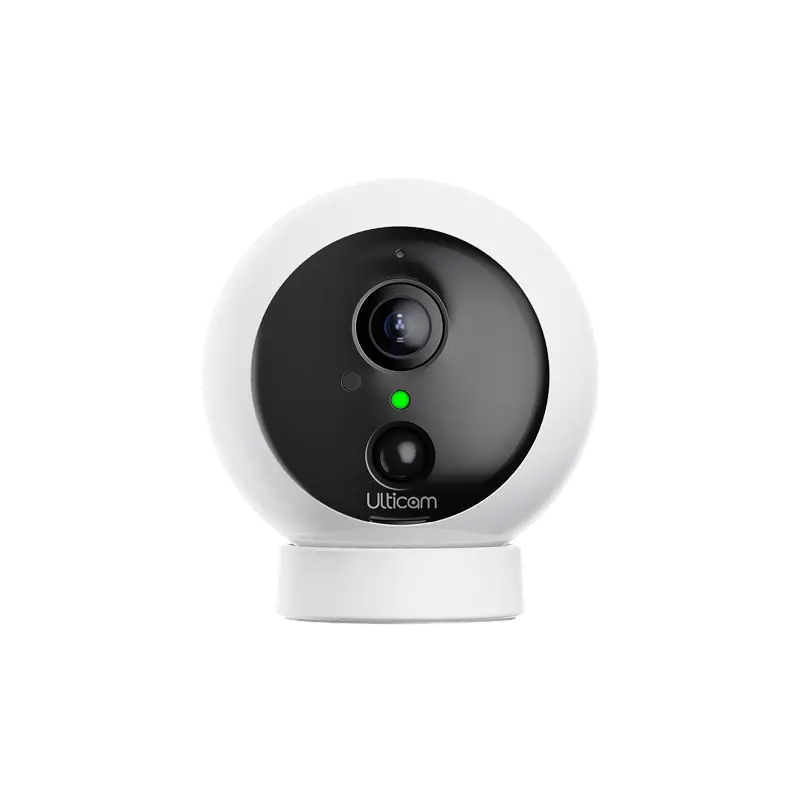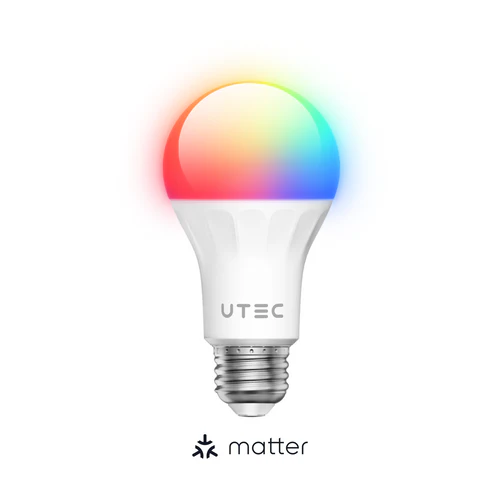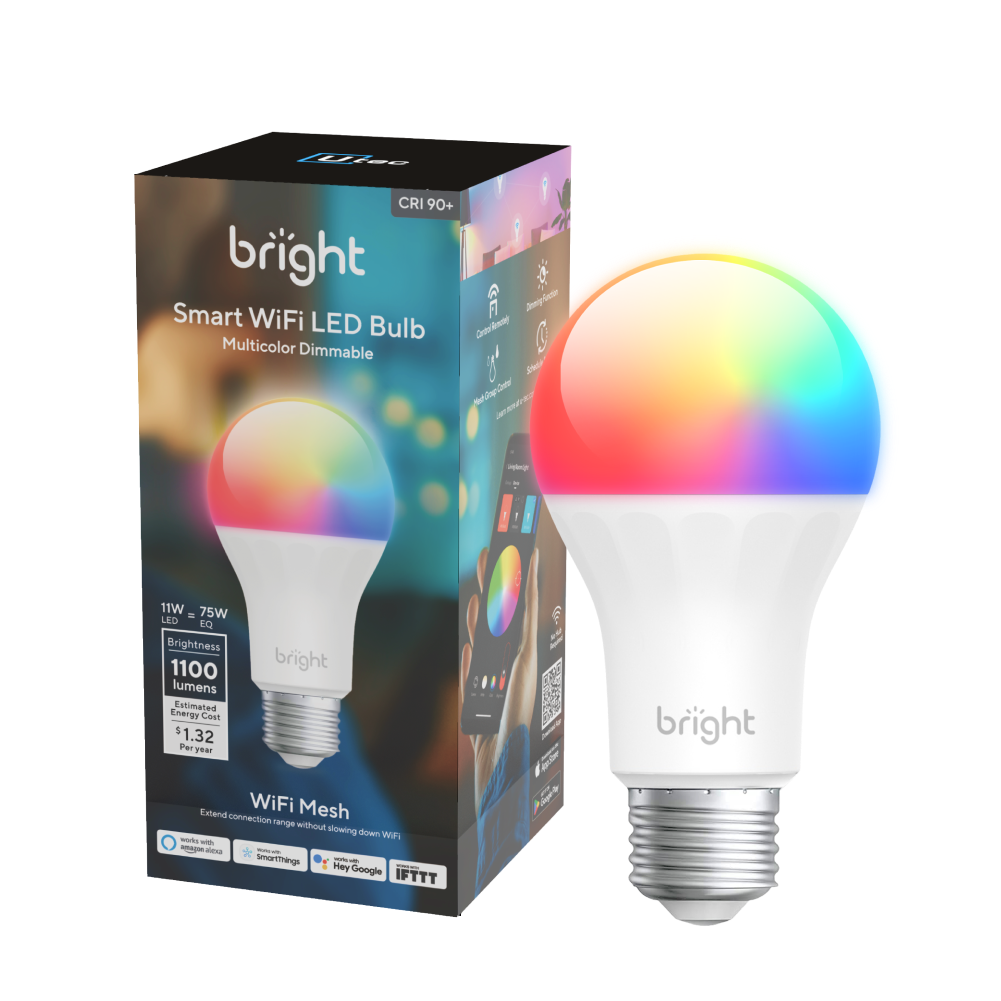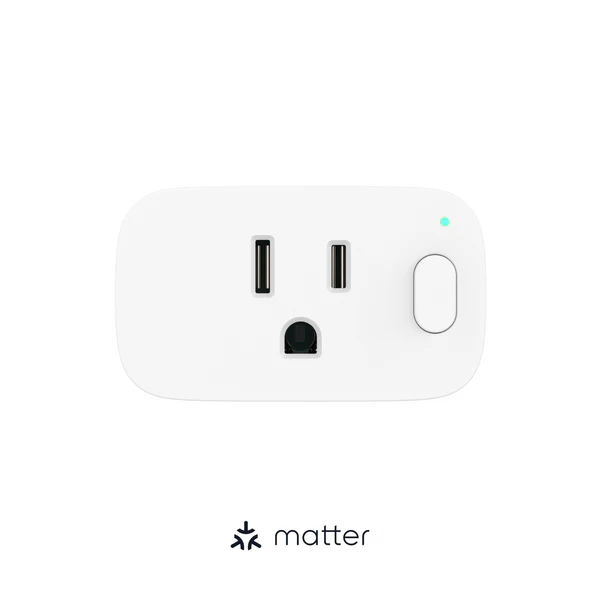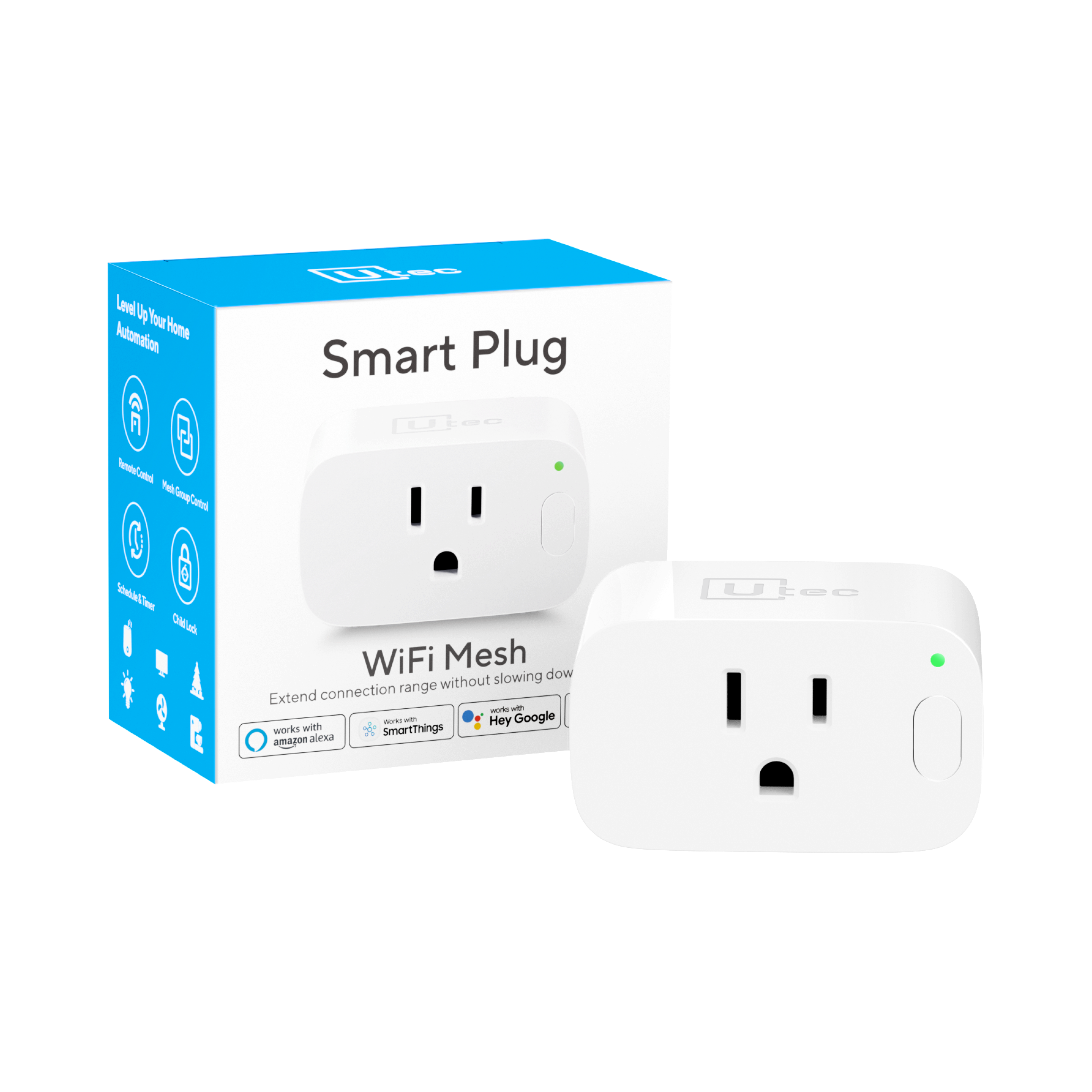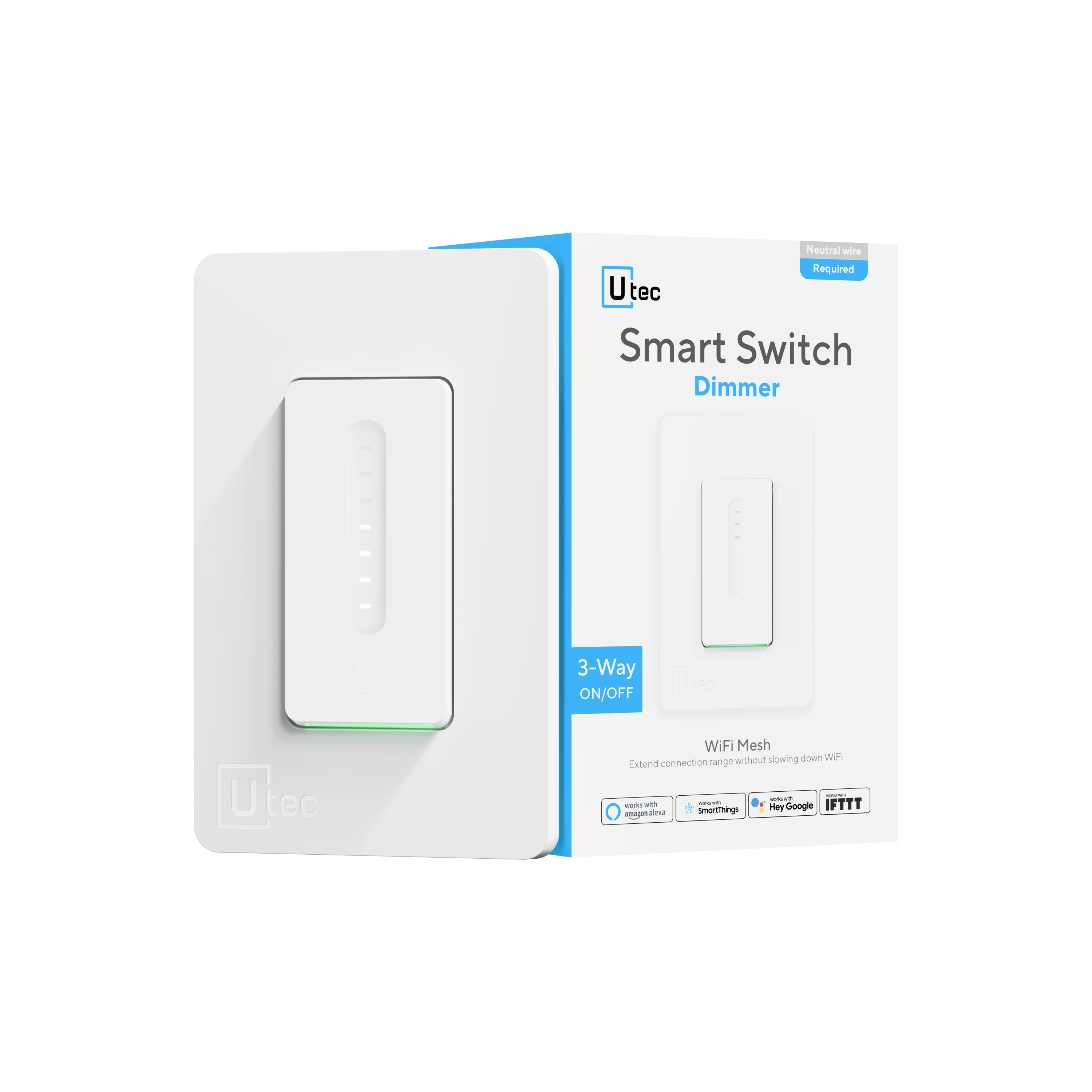Smart locks have revolutionized how we secure our homes and offices, offering convenience and enhanced security compared to traditional locks. With the rise of modern technology, there’s a new player in town that is taking smart locks to the next level: Ultra-Wideband (UWB) technology. UWB is rapidly gaining traction in various applications, and its integration into smart locks is one of the most exciting developments in recent years.
In this article, we’ll explore what UWB technology is, how it works, and why it’s poised to transform the way smart locks operate, making your security systems smarter, more accurate, and more user-friendly than ever before.

What is UWB Technology?
Ultra-Wideband (UWB) is a radio communication technology that operates over a wide frequency spectrum. Unlike Bluetooth and Wi-Fi, which use narrowband signals, UWB transmits short pulses of low-energy radio waves across a broad range of frequencies. This wide bandwidth enables UWB to deliver high-precision location tracking and fast, secure data transfers with minimal interference.
UWB was initially developed for military communications and radar applications, but its commercial use has expanded rapidly, especially in devices requiring accurate proximity detection and high-speed wireless communication.
How Does UWB Work?
UWB’s unique approach lies in its ability to determine precise distance and location by measuring the time it takes for radio signals to travel between devices. When a UWB signal is transmitted, the receiving device calculates how long it took for the signal to arrive, allowing it to measure distances with pinpoint accuracy—often within centimeters.
Here’s why this technology matters for smart locks:
- Precise Proximity Detection: UWB can detect whether you are right next to the door, a few meters away, or just outside your home. This ultra-precise location awareness allows the smart lock to distinguish between users and avoid accidental unlocking when you’re just walking by.
- Fast, Secure Data Transmission: UWB supports fast data transfer between devices while minimizing the risk of signal interference from nearby gadgets like Wi-Fi routers or Bluetooth-enabled devices.
- Low Power Consumption: UWB operates with minimal energy, making it ideal for battery-powered devices like smart locks, allowing them to run longer on a single charge.

Benefits of UWB in Smart Locks:
-
Seamless, Secure Entry
UWB-enabled smart locks can determine your exact proximity to the door, ensuring that it only unlocks when you are close enough. Imagine walking up to your door with your phone in your pocket, and the lock automatically opens just as you reach the handle. This level of convenience is made possible by UWB’s high-precision location tracking. -
Enhanced Security
With its centimeter-level accuracy, UWB ensures that your lock isn’t tricked by someone standing nearby, as can happen with Bluetooth-based systems. Only when you or an authorized user are directly in front of the door does the lock engage, greatly reducing the risk of unauthorized access. UWB can also detect motion, meaning it knows if you’re approaching or moving away, adding another layer of security. -
Faster and More Reliable Communication
UWB technology operates on a wide frequency spectrum, ensuring that data transfers between the smart lock and your device happen almost instantaneously and with fewer chances of interference from other signals. This results in faster response times when unlocking or locking the door and provides a more reliable connection than Bluetooth, which can be slower and less accurate. -
Energy Efficiency
Smart locks with UWB technology are optimized for energy efficiency. The low-power nature of UWB allows smart locks to operate longer on battery power compared to other wireless communication technologies. This means fewer battery replacements or recharges, offering a seamless experience for users. -
Integration with Other Smart Devices
UWB technology allows for better integration with other IoT devices in your home. For example, as you approach your door and your UWB-enabled lock detects your presence, it could trigger other connected devices—like turning on the hallway lights or adjusting your home’s thermostat—creating a fully synchronized smart home experience.

The Future of UWB in Smart Homes
As UWB continues to gain popularity, its applications will expand well beyond smart locks. We could see this technology integrated into other smart home systems, creating more advanced and secure interactions between people and their environments. For example, UWB can be used in everything from car keys to indoor navigation systems, making homes smarter, safer, and more personalized to user preferences.





